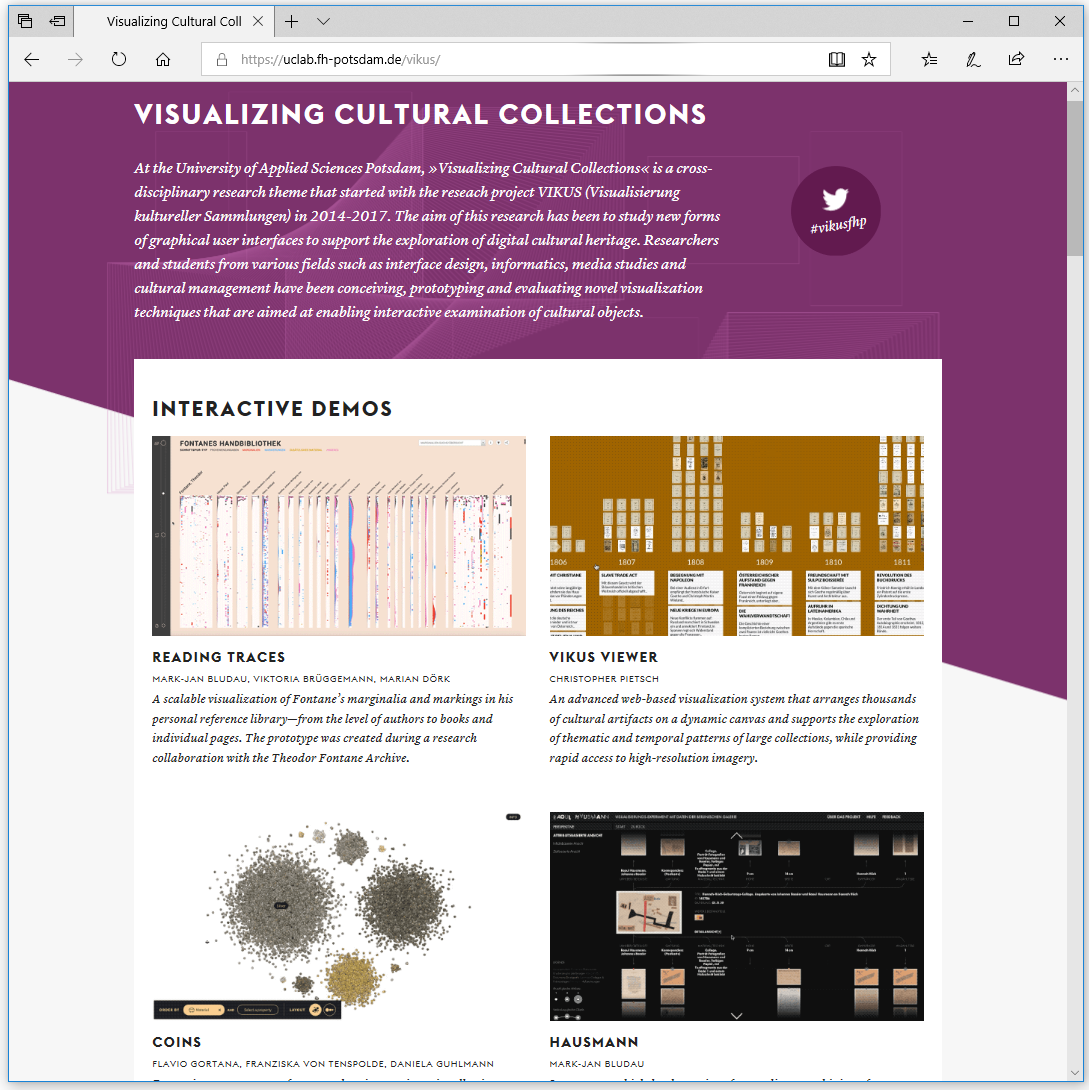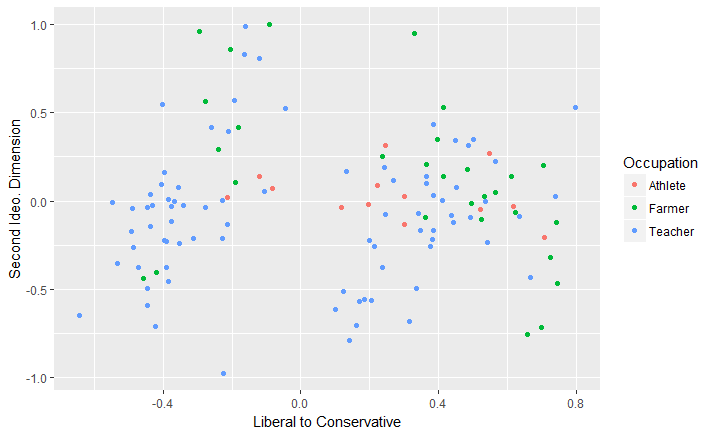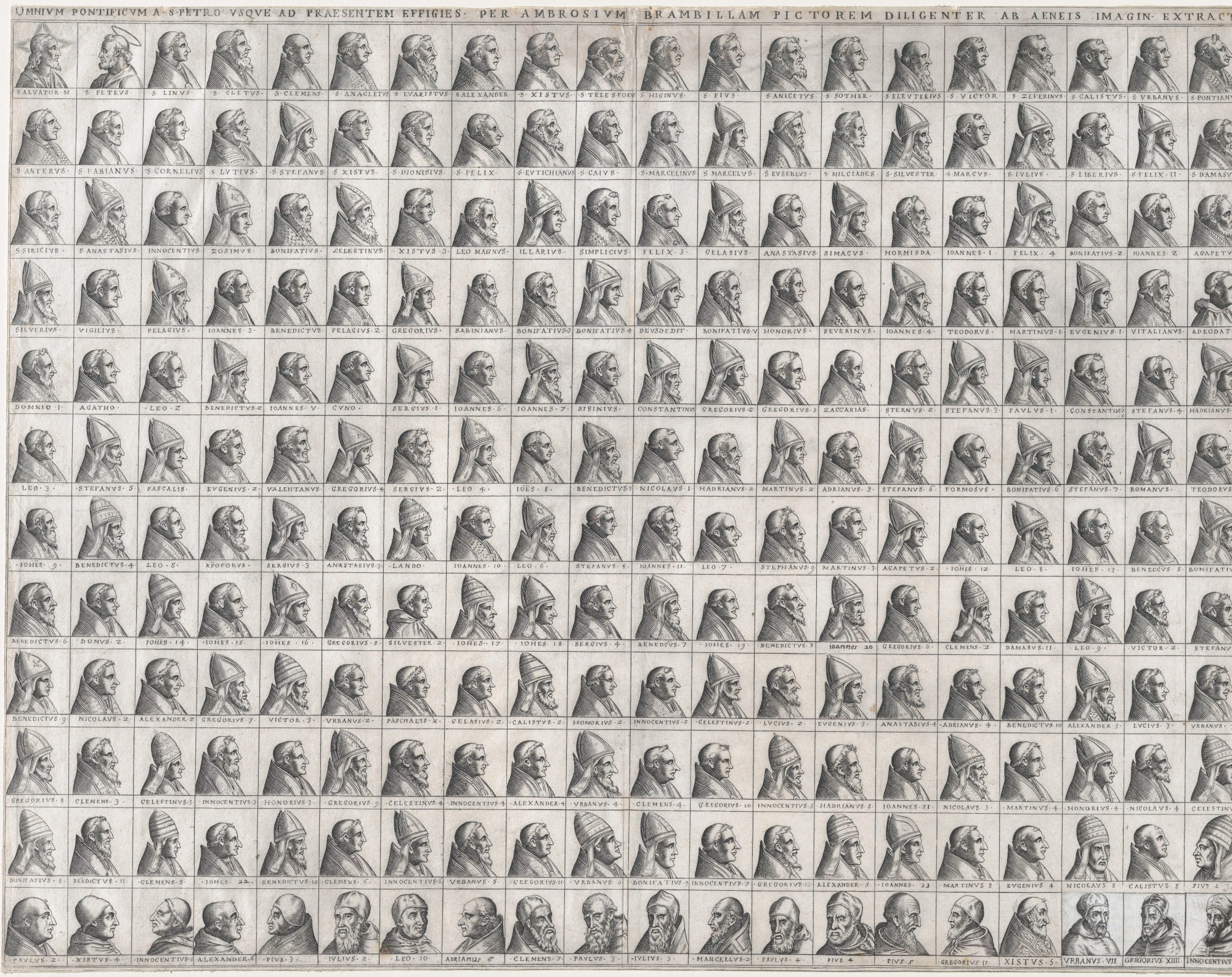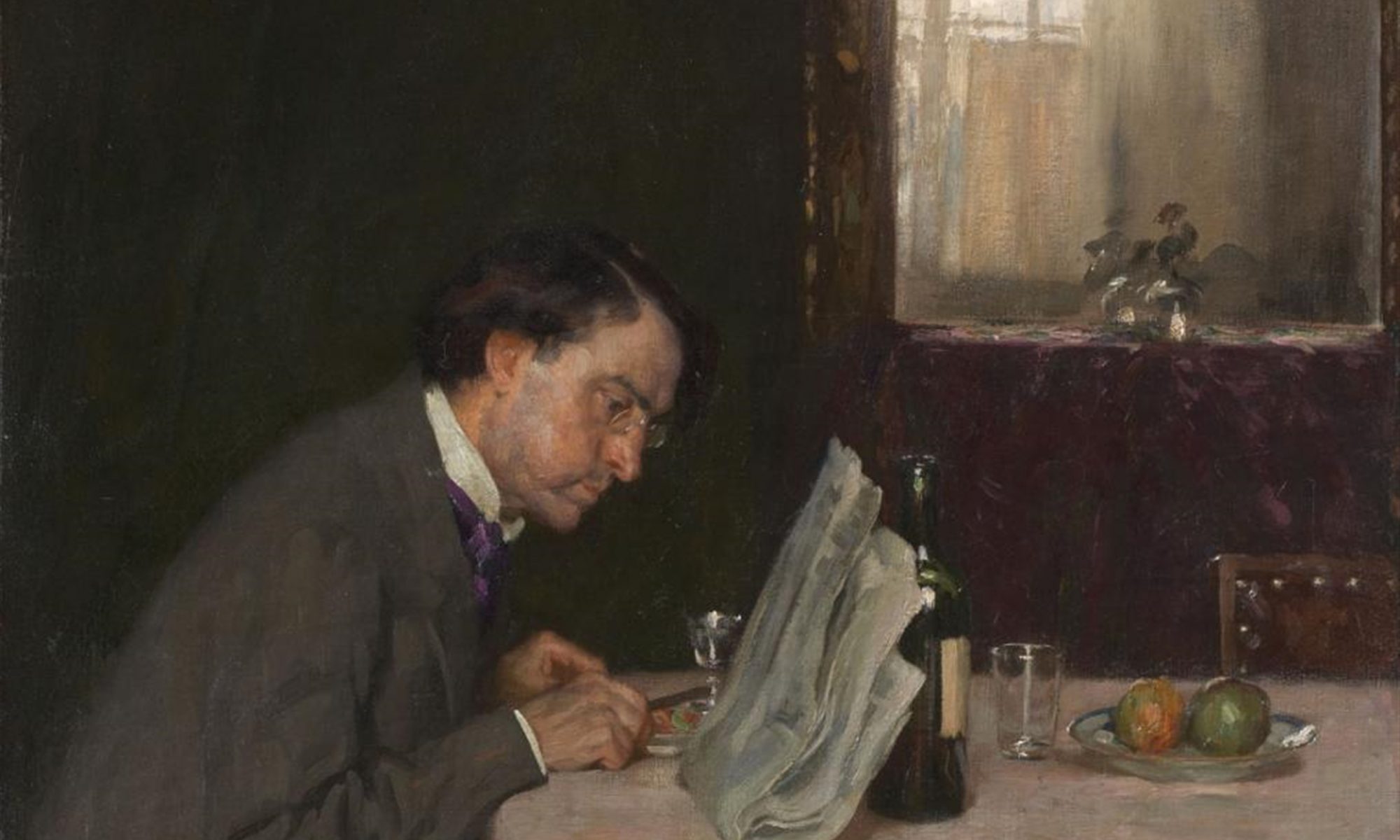
https://uclab.fh-potsdam.de/vikus/
VISUALIZING CULTURAL COLLECTIONS
At the University of Applied Sciences Potsdam, »Visualizing Cultural Collections« is a cross-disciplinary research theme that started with the reseach project VIKUS (Visualisierung kultureller Sammlungen) in 2014-2017. The aim of this research has been to study new forms of graphical user interfaces to support the exploration of digital cultural heritage. Researchers and students from various fields such as interface design, informatics, media studies and cultural management have been conceiving, prototyping and evaluating novel visualization techniques that are aimed at enabling interactive examination of cultural objects.
- Beat Estermann, How Wikidata Is Solving Its Chicken-or-Egg-Problem in the Field of Cultural Heritage, 2018-11 https://www.societybyte.swiss/2018/11/07/how-wikidata-is-solving-its-chicken-or-egg-problem-in-the-field-of-cultural-heritage/
As the last point makes it clear, the actual usefulness of the data comes with its use. Either in the form of services that are targeted at end users or by providing insights that are turned into stories that can be shared. To create a flourishing ecosystem of Wikidata-based applications running on high-quality data, a critical chicken-or-egg problem needs to be overcome: without complete and high-quality data, there are no cool apps. But without interesting apps, there are few incentives to provide data and to improve its quality. In other words: the main drivers of data quality and completeness are interesting and widely used applications, while the motivation to develop good apps is far greater if they can build upon a high-quality and complete data bases. In this article we will present a few of the things the Wikidata community is doing to address its chicken-or-egg problem.
- Georgie, If you want to know more about how Academics are using Wikidata in Network Analysis research, here is our full Q+A with the University of Colorado. 2018-10-16 https://medium.com/
We started running SPARQL queries this summer. We are still experimenting with extracting data from the information we entered over the past year.
One example we tried was looking at House member ideology by occupation. Below shows the ideology of three occupations: athletes, farmers, and teachers (in all roughly 130 members).
The x-axis shows common ideology (liberal to conservative) and the y-axis shows member’s ideology on non-left/right issues such as civil rights and foreign policy. The graph shows that teachers split the ideological divide while farmers and athletes are more likely to be conservative.

- Stanislav Malyshev, Markus Krötzsch, Larry González, Julius Gonsior, Adrian Bielefeldt, Getting the Most out of Wikidata: Semantic Technology Usage in Wikipedia’s Knowledge Graph. https://iccl.inf.tu-dresden.de/web/Inproceedings3044/en
Wikidata is the collaboratively curated knowledge graph of the Wikimedia Foundation (WMF), and the core project of Wikimedia’s data management strategy. A major challenge for bringing Wikidata to its full potential was to provide reliable and powerful services for data sharing and query, and the WMF has chosen to rely on semantic technologies for this purpose. A live SPARQL endpoint, regular RDF dumps, and linked data APIs are now forming the backbone of many uses of Wikidata. We describe this influential use case and its underlying infrastructure, analyse current usage, and share our lessons learned and future plans.
Image Source
Arthur Kampf (1864 Aachen – 1950 Castrop-Rauxel), Der Zeitungsleser, Oil on Canvas. 70,5 x 60,5 cm (1908), from: https://www.lempertz.com

